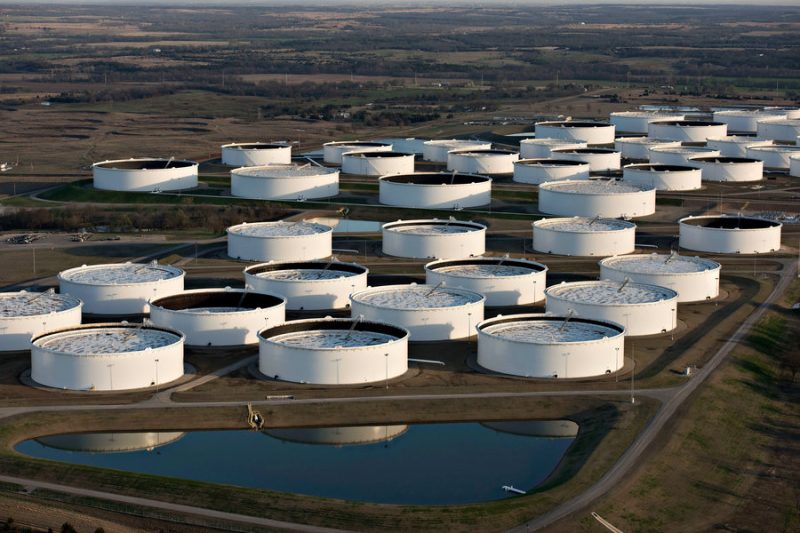 U.S. crude oil and gasoline inventories fell last week, buoyed by stronger demand and exports, while distillate stockpiles rose, the U.S. Energy Information Administration (EIA) said on Wednesday. Crude inventories fell by 3.2 million barrels to 419 million barrels in the week ended July 18, the EIA said, double analysts’ expectations in a Reuters poll for a 1.6 million-barrel draw.
U.S. crude oil and gasoline inventories fell last week, buoyed by stronger demand and exports, while distillate stockpiles rose, the U.S. Energy Information Administration (EIA) said on Wednesday. Crude inventories fell by 3.2 million barrels to 419 million barrels in the week ended July 18, the EIA said, double analysts’ expectations in a Reuters poll for a 1.6 million-barrel draw.
Crude stocks at the Cushing, Oklahoma, delivery hub rose by 455,000 barrels in the week, the EIA said. U.S. crude exports were up by 337,000 barrels per day (bpd) to 3.86 million bpd, while net U.S. crude imports fell last week by 740,000 barrels per day, the EIA said. Oil futures pared earlier losses following the larger-than-expected draw. Global benchmark Brent futures were trading at $68.18 a barrel, down 41 cents, by 11:06 a.m. EDT (1506 GMT), while U.S. West Texas Intermediate futures fell 43 cents to $64.88 a barrel. Refinery crude runs rose by 87,000 barrels per day, and refinery utilization rates rose by 1.6 percentage points to 95.5% of total capacity, its highest level since June 2023. Utilization rates in the Gulf Coast refinery hub hit a one-year high at 96.1%.
Gasoline stocks fell by 1.7 million barrels last week to 231.1 million barrels, the EIA said, also nearly double expectations for a 908,000-barrel draw.
Product supplied of gasoline, a proxy for demand, rose by 478,000 bpd to 8.97 million bpd. The four-week average for product supplied was at 8.81 million bpd, versus 9.27 million bpd last year.
“Gasoline demand posted a bit of a positive vibe in this report,” said Bob Yawger, director of energy futures at Mizuho, while cautioning that demand numbers should still be higher for this time of year.
“Gasoline demand during the summer driving season has to be at 9 million bpd for the market to really succeed,” he added. Distillate stockpiles, which include diesel and heating oil, rose by 2.9 million barrels in the week to 109.9 million barrels, the data showed, versus forecasts for a 1.1 million-barrel drop.
“The increase in the diesel supplies has eased some of the panic we’ve been seeing in the crack spread recently about tight supplies,” said Phil Flynn, a senior analyst with Price Futures Group.
(Reporting by Liz Hampton in Denver and Stephanie Kelly in New York; Editing by Marguerita Choy)